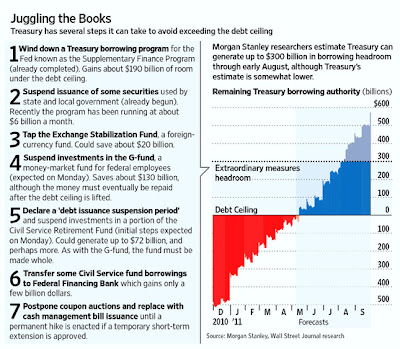 |
| Source: CSM |
Surging BRIC middle classes are eclipsing global poverty
The world will, for the first time in history, move from being mostly poor to mostly middle-class by 2022, the Organization for Economic Cooperation and Development projects. Asians, by some predictions, could constitute as much as two-thirds of the global middle class, shifting the balance of economic power from West to East. Already, some analyses of International Monetary Fund data suggest that the size of the Chinese economy could eclipse that of the United States in just five years.
By 2030, the global middle class is widely projected to at least double in size to as many as 5 billion – a surge unseen since the Industrial Revolution. This boom, however, is more global, more rapid, and is likely to have a far different – and perhaps far greater – impact in terms of global power, economics, and environment, say economists and sociologists.
But today's middle-class boom is unlike the Industrial Revolution, in which rising prosperity became a catalyst for increased individual and political freedom. Those in the emerging global middle classes – from an Indian acquiring a flush toilet at home to a Brazilian who can now afford private school to a Chinese lawyer with a new car in the driveway – are likely to redefine their traditional roles, and in doing so, redefine the world itself.
"I would expect that as the global middle class gets transformed by the entrance of hundreds of millions of Indian, Brazilian, and Chinese families, the concept of what we see as the middle-class values may change," says Sonalde Desai, a sociologist with the National Council of Applied Economic Research in Delhi (NCAER). "Historically, sociologists have defined 'middle class' as those with salaries…. I think 'middle class' is very much a state of mind."
















